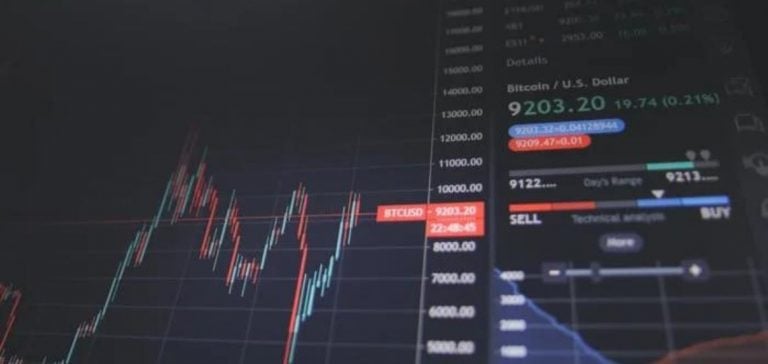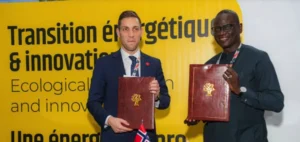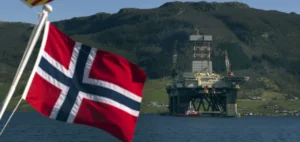Forecasts for Australian carbon credits point to a sharp rise.
By September 2025, the price of Australian Carbon Credit Units (ACCU) is expected to reach A$70/tCO2e, compared with A$45/tCO2e in September 2024, an increase of 56%, according to a recent report published by ANZ.
This increase is directly linked to the growing demand imposed by the Safeguard Mechanism.
Driven by legislative reforms, the Safeguard Mechanism is tightening the framework governing emissions from the most polluting companies, leading to a scarcity of credit supply and higher prices.
In August 2024, volumes traded on the ACCU market reached 2.8 million units, marking a record increase on the previous month.
This volume corresponds to the third highest monthly activity ever recorded for these units.
A significant proportion of these transactions, around 44%, concerned so-called Human Induced Regeneration (HIR) carbon credits, which aim to encourage carbon sequestration through reforestation and soil restoration projects.
New Zealand: a market in overcapacity
The New Zealand carbon market, while stable in price terms, is showing signs of oversupply.
The price of New Zealand Units (NZUs) is expected to remain around NZ$51/tCO2e (US$32/tCO2e) until 2025.
The New Zealand government’s recent policies to reduce the number of units available on the market, notably through auctions, do not take effect until 2025.
Currently, the market is struggling to absorb the available supply, and quarterly auctions have shown a lack of interest: the last one in June 2024 attracted no bids.
This situation illustrates the weakness of domestic demand and the difficulty for local companies to comply with requirements without benefiting from new political support.
The well-established New Zealand system is showing signs of saturation, in contrast to the Australian market, where the momentum is much stronger.
China maintains a delicate balance
In China, the outlook for China Emission Allowances (CEA) remains stable, with a forecast price of 91 yuan/tCO2e (US$13/tCO2e) in September 2025.
Unlike Australia, China does not expect prices to soar.
The country recently extended its emissions trading scheme to additional sectors, such as steel, cement and aluminum, from 2025.
However, these industries have sufficient credits to meet their regulatory obligations without this having a major impact on the price of allowances.
This market, which remains stable in terms of demand and price, demonstrates Beijing’s determination to maintain moderate compliance costs for domestic companies while gradually strengthening its climate commitments.
This approach avoids excessive volatility while supporting a long-term policy aimed at the gradual decarbonization of heavy industry.
Convergence of voluntary and regulated markets
Another observed phenomenon is the gradual convergence between voluntary markets and carbon compliance schemes.
The price gap is narrowing as carbon credits from compliance programs become more tolerant of offset credits.
In August 2024, demand for voluntary credits rebounded, rising 18% on July to 10.2 million units.
At the same time, the total volume of credits issued fell by 20%, with energy generation projects in particular declining in number.
The outlook for 2025 suggests that voluntary and regulated markets may continue to converge, notably through the growing acceptance of these offsets in traditionally more rigid compliance systems.
This could lead to a degree of price harmonization between these two segments, particularly in markets such as Australia, where the pressure to find decarbonization solutions is intensifying.
The evolution of carbon markets, particularly in Australia and Asia, shows that the dynamics are in full swing.
Between strict regulatory policies and growing demand for carbon credits, the sector continues to play a central role in the decarbonization strategies of major economies.






















